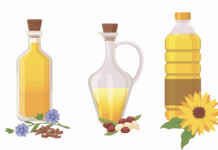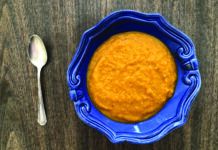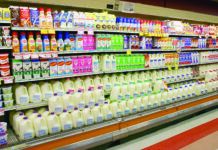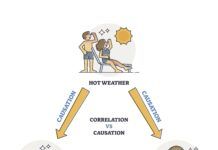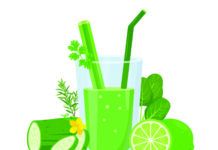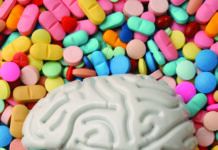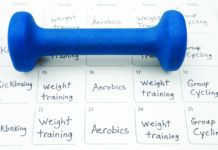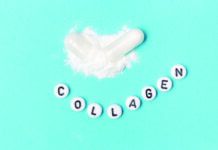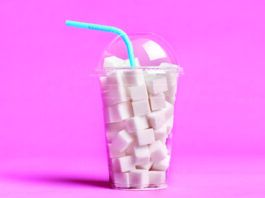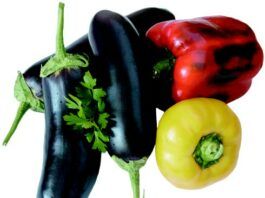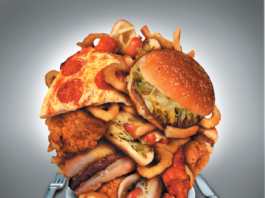Americans Are Nuts About Almonds
Nutrition and health benefits have helped make almonds the nations new favorite nut, with sales topping shelled and unshelled snack peanuts (not counting peanut butter). Annual almond consumption has soared from about 4 ounces per capita in the 1970s to more than 32 ounces. Driving the trend, analysts say, are studies linking almond consumption to cardiovascular and other health benefits. At the same time, Americans are realizing that the mostly unsaturated fats in nuts are not to be avoided, and seeking alternative protein sources: Red-meat consumption is down, and more than 3% of US adults say they are vegetarians.
Jury Still Out on Routine Vitamin D Testing
An independent panel of health experts that advises the federal government says theres not enough evidence to recommend for or against screening healthy adults for vitamin D levels. The US Preventive Services Task Force weighed more than a dozen studies before issuing its draft recommendation.
Exercisers May Overestimate Their Exertion Level
How hard do you exercise? Its probably not as vigorously as you think, suggests a new Canadian study published in PLOS One. Researchers tested 129 sedentary volunteers, ages 18 to 64, and found that most overestimated how intensely they were exercising. When asked to walk at the lowest intensity they thought qualified as moderate, only 25% got their heart rates high enough; most barely exceeded a leisurely stroll. Few hit 65% of their maximum heart rate (in beats per minute, 220 minus your age) when told to exercise moderately. Even fewer achieved more than 75% when instructed to amp up to vigorous exercise.
Hold the Salt, Experts Agree
This summer, the New York City Department of Health and the American Heart Association brought together 34 of the worlds leading nutrition scientists and epidemiologists to tackle the link between dietary sodium and heart disease. The experts issued a joint statement concluding that the evidence is clear. Population-wide reduction of sodium intake is an integral approach to reducing cardiovascular disease events and mortality in the United States. They cited a compelling body of evidence from laboratory, clinical and population research.
Consumers Look for Locally Grown, Natural
The most popular food label term that consumers say they look for is locally grown, cited by 67% in a survey by Consumer Reports. Thats followed by natural at 59%, even though that term is only loosely defined by US regulators.
Unearthing the Real Paleo Diet
Thanks to a study of 50,000-year-old Neanderthal feces, scientists now have a better understanding of what made up the real Paleo diet. The study examined fecal matter found in soil collected at a previously unearthed Neanderthal gathering place in Spain. A biomarker thats produced when cholesterol is digested was used to determine that prehistoric people produced the sample, because humans break down more cholesterol than other animals.
FDA Approves New Artificial Sweetener
The US Food and Drug Administration has approved a new artificial sweetener, advantame. A derivative of another artificial sweetener, aspartame, advantame is a free-flowing, water soluble, white crystalline powder that is stable even at higher temperatures, and can be used as a tabletop sweetener as well as in cooking applications, according to the FDA.
Takeout Customers Try for Healthy Foods
Health-conscious takeout customers are going crazy for chia seeds, quinoa, almond milk and kale, according to the online ordering site GrubHub.
Its No Longer a Small World
More than 2 billion people around the world are now overweight or obese, according to a new University of Washington study in The Lancet. Since 1980, the global proportion of women who are overweight or obese has gone from 30% to 38%; men have gone from 29% to 40%, overtaking women in percentage overweight or obese.
Proposed Nutrition Labels Pay Off in Quick Viewing
The proposed new Nutrition Facts labels are more helpful, more accurately reflect serving sizes and better alert consumers to less-healthy foods-at least in the 10-second span the average grocery shopper spends looking at labels.

